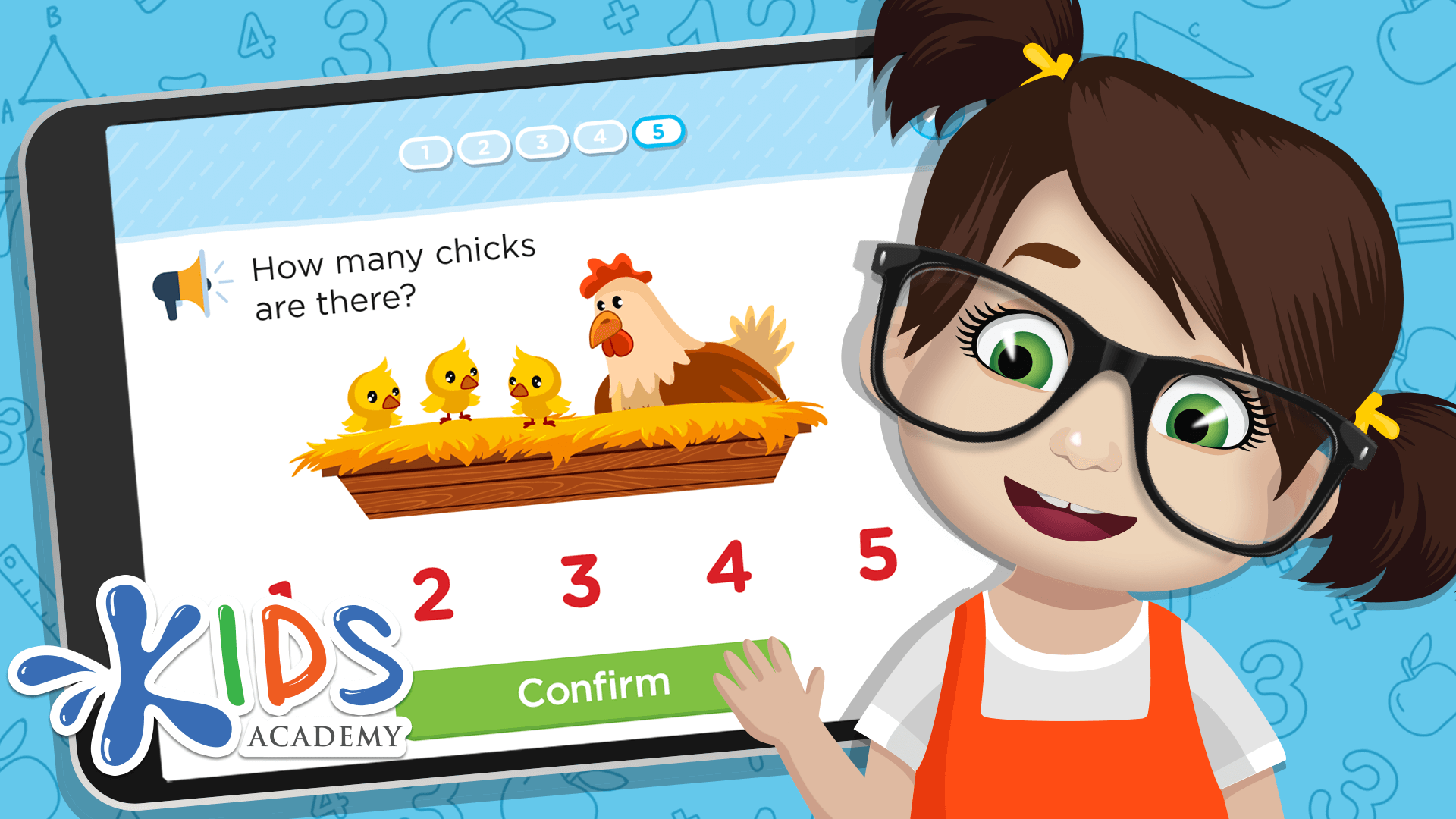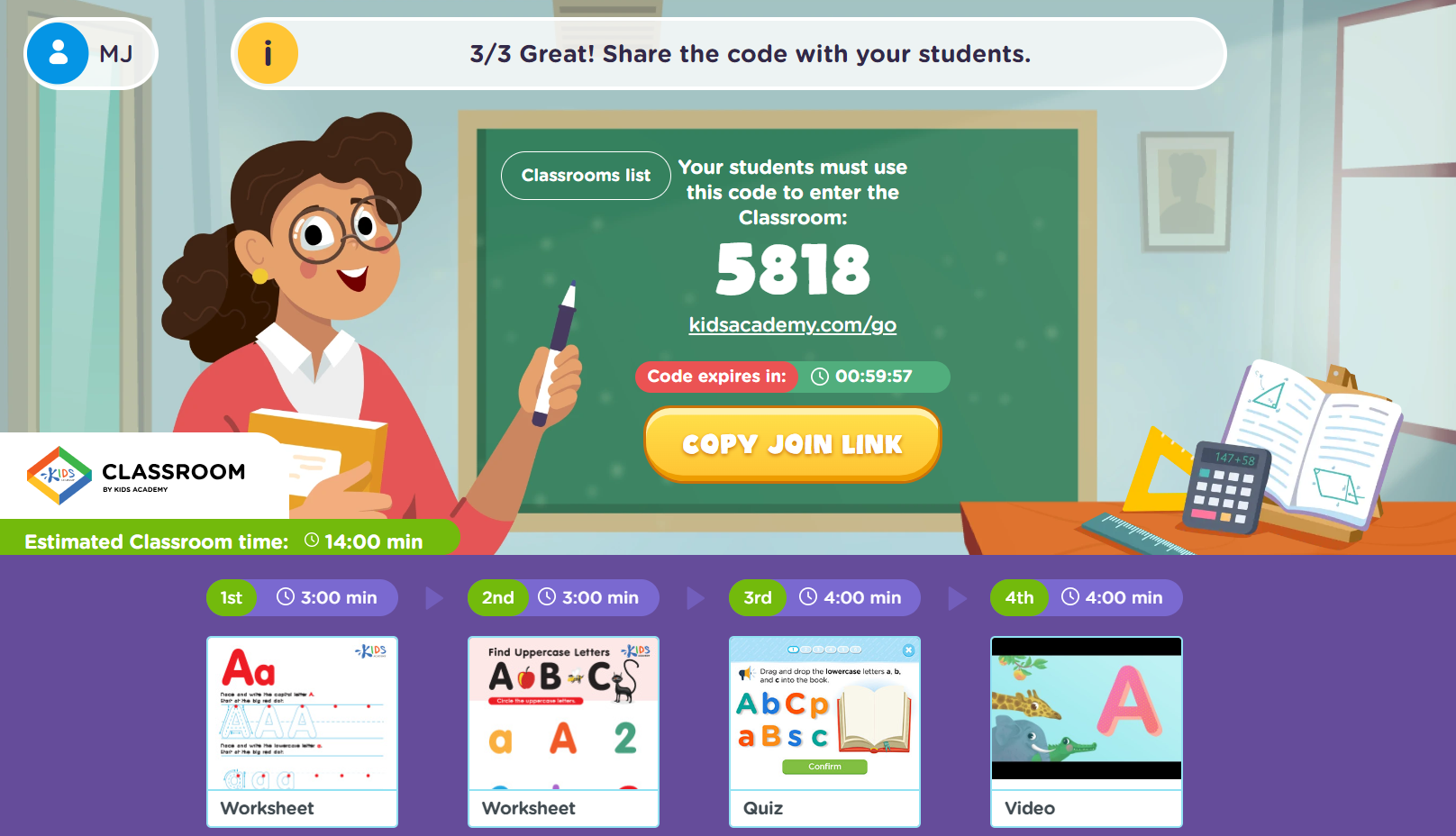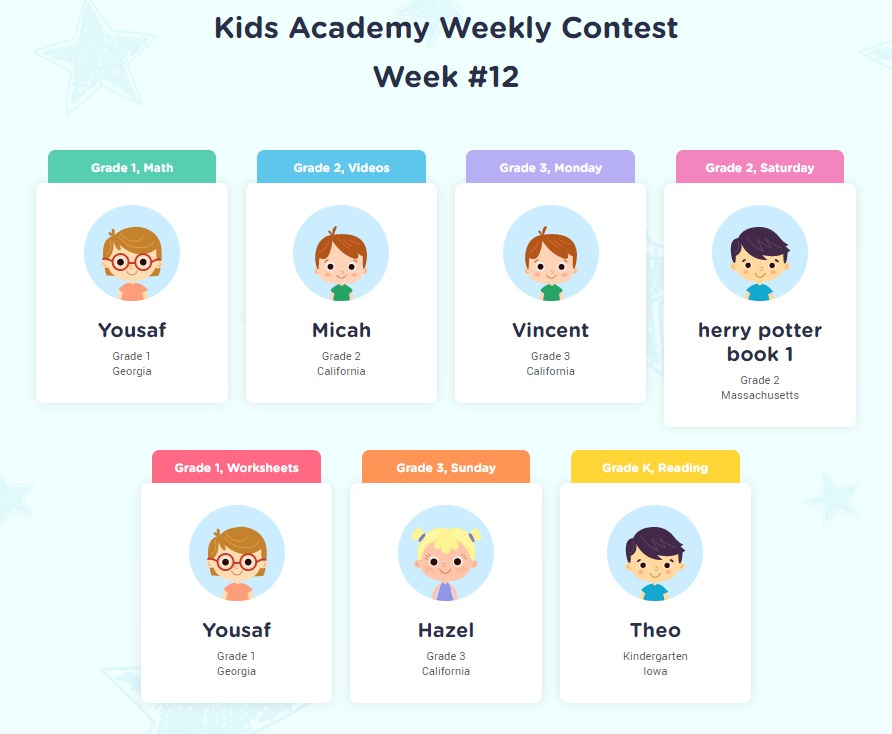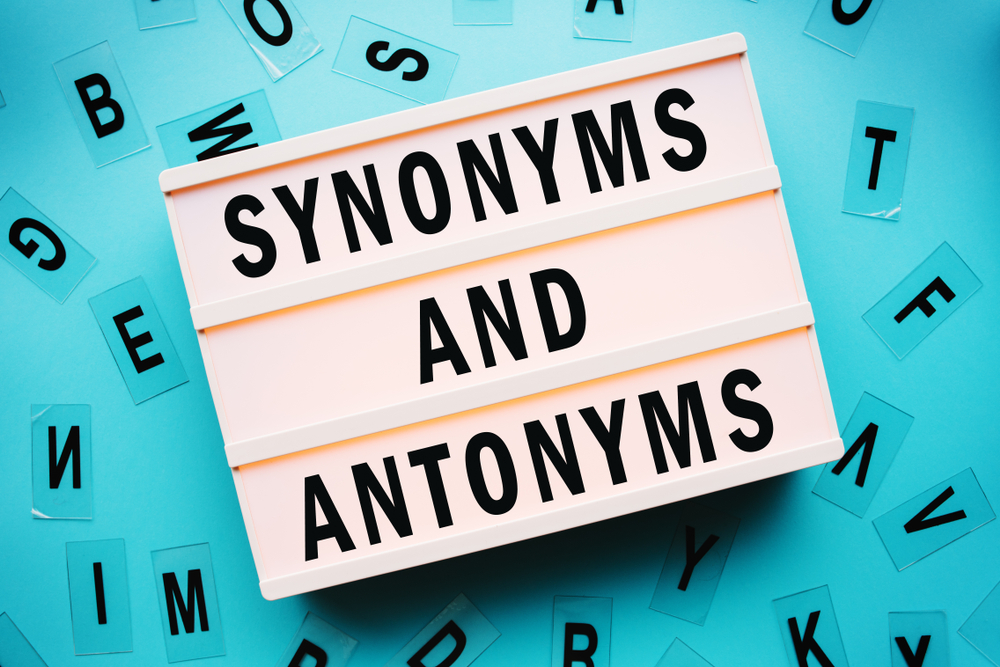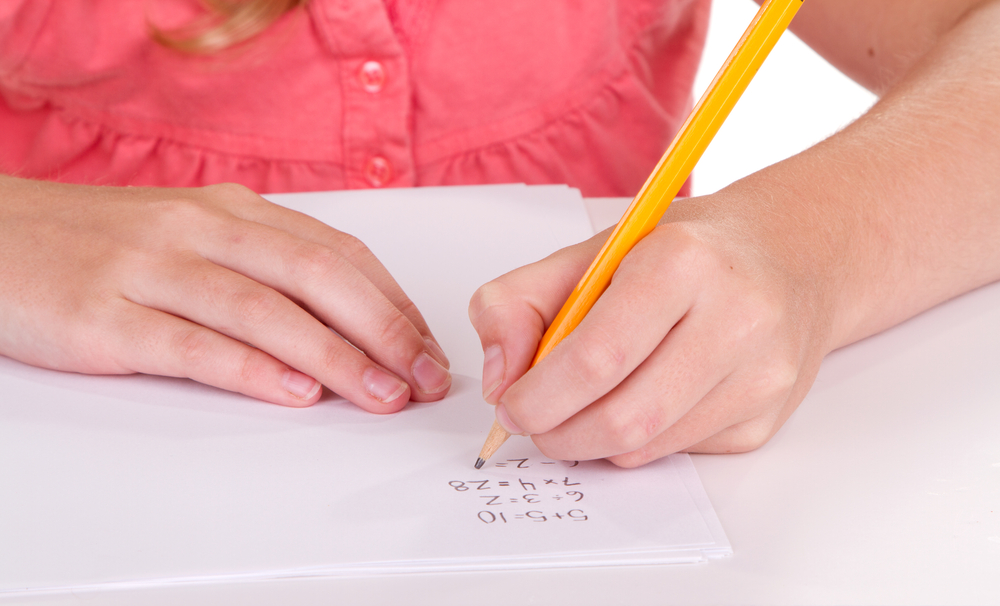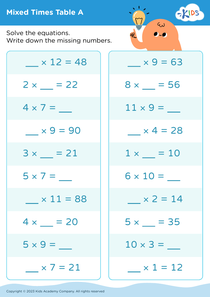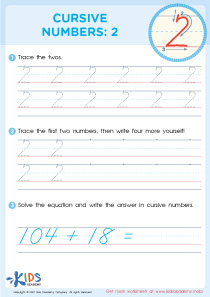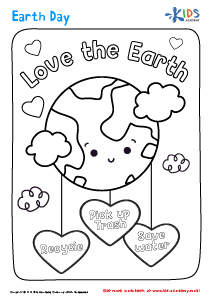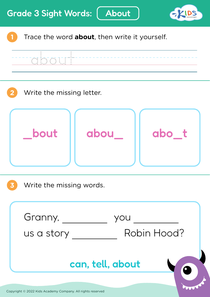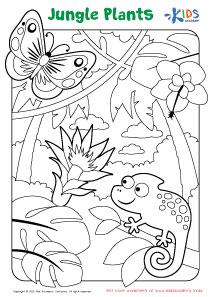Math worksheets activities for Grade 3
20 filtered results
-
From - To
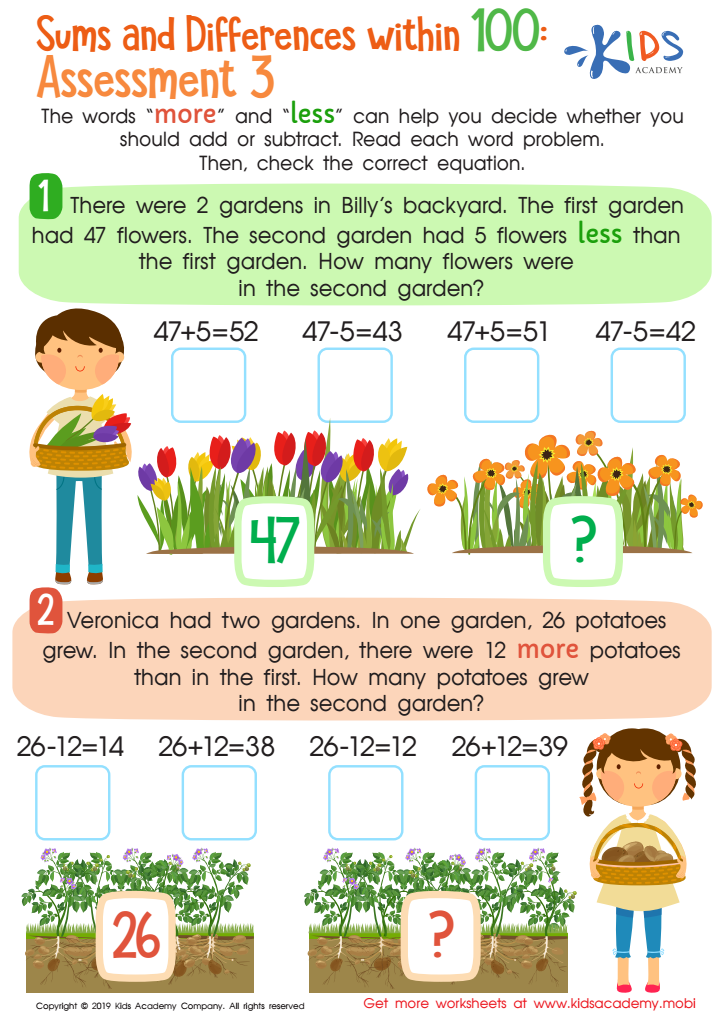

Sums and Differences Within 1 - Assessment 3 Worksheet
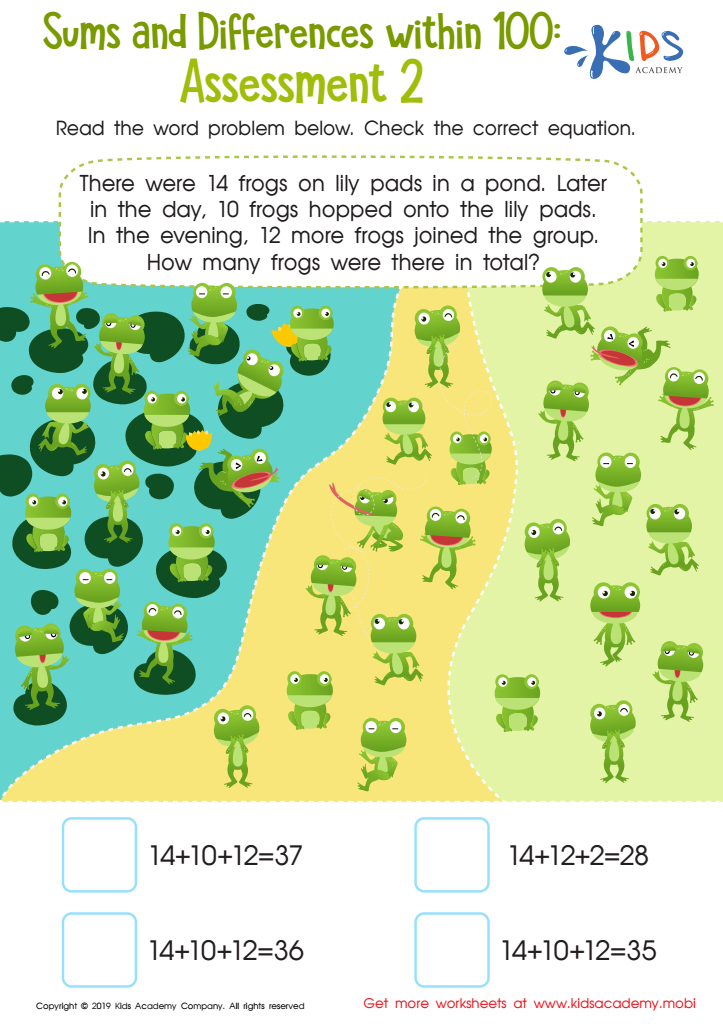

Sums and Differences Within 1 - Assessment 2 Worksheet
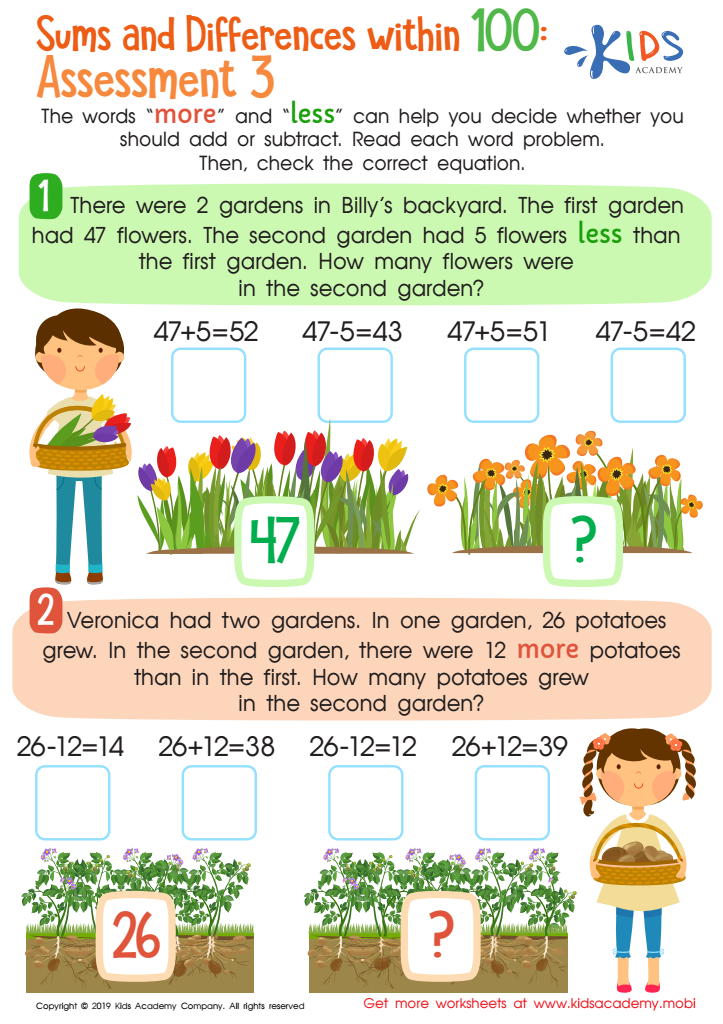

Sums and Differences Within 1 - Assessment 1 Worksheet
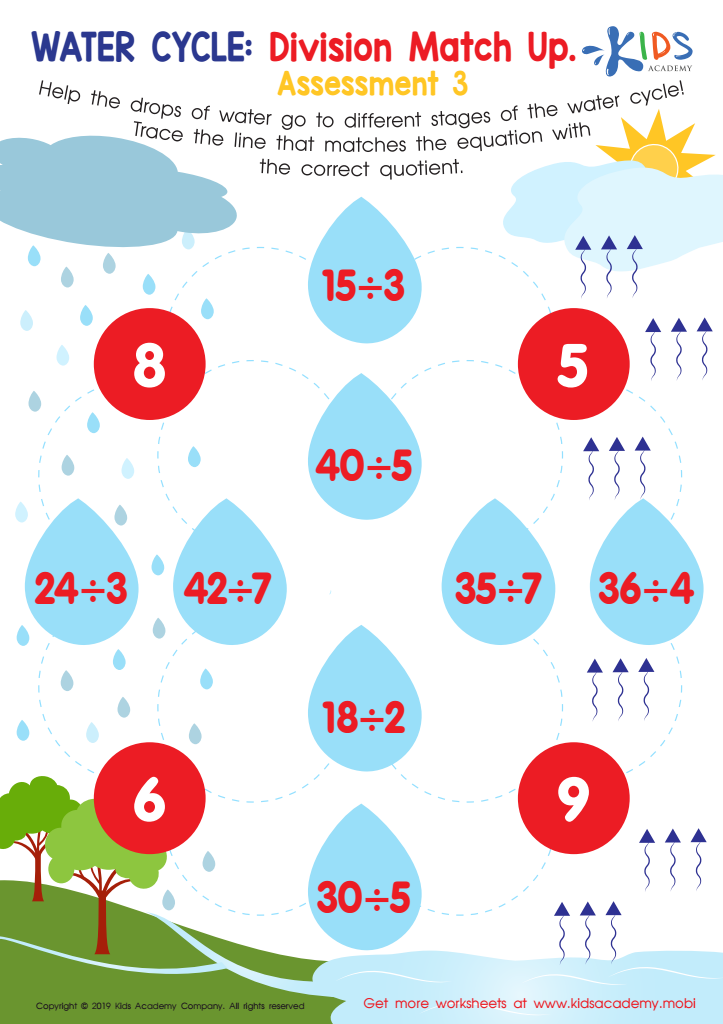

Water Cycle Division Match Up Assessment 3 Worksheet
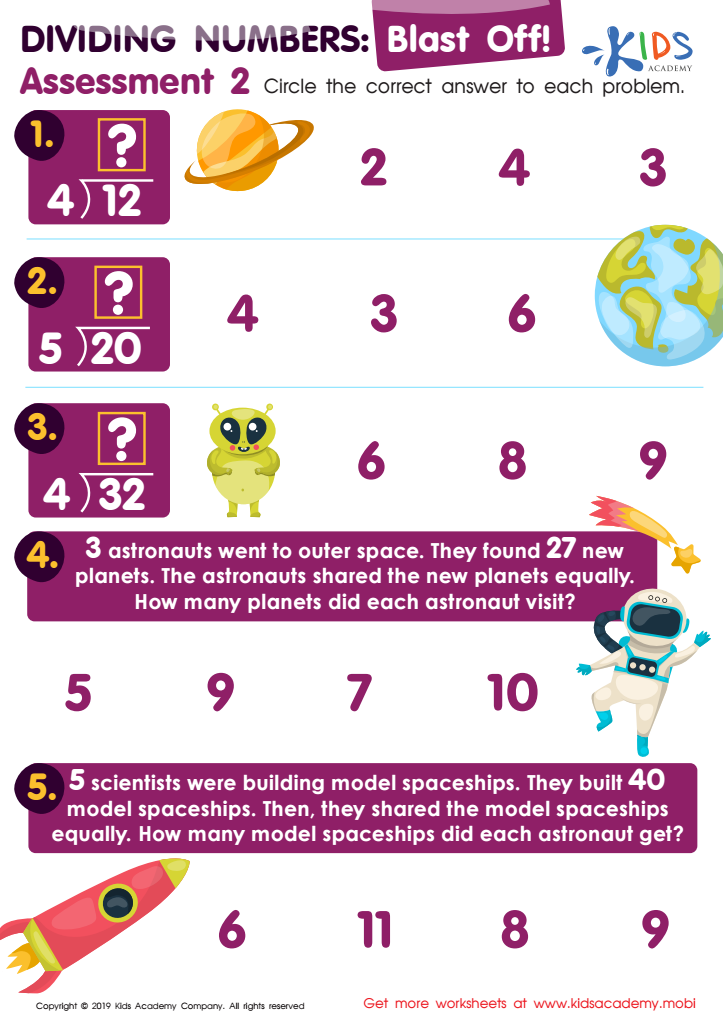

Dividing Numbers Assessment 2 Worksheet
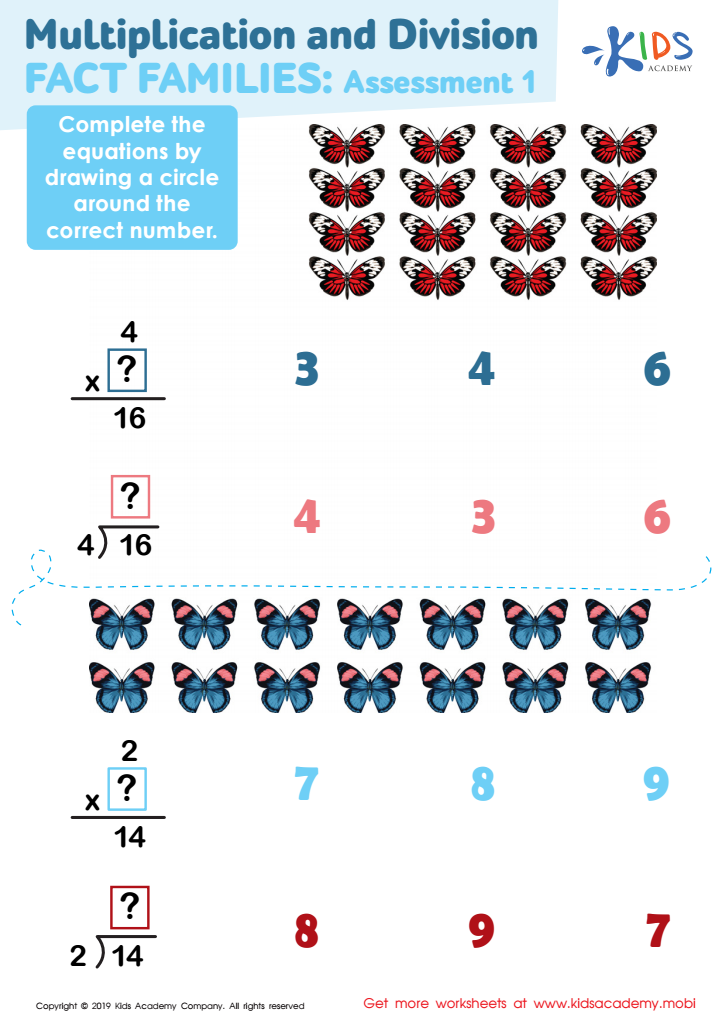

Multiplication and Division Fact Families Assessment 1 Worksheet
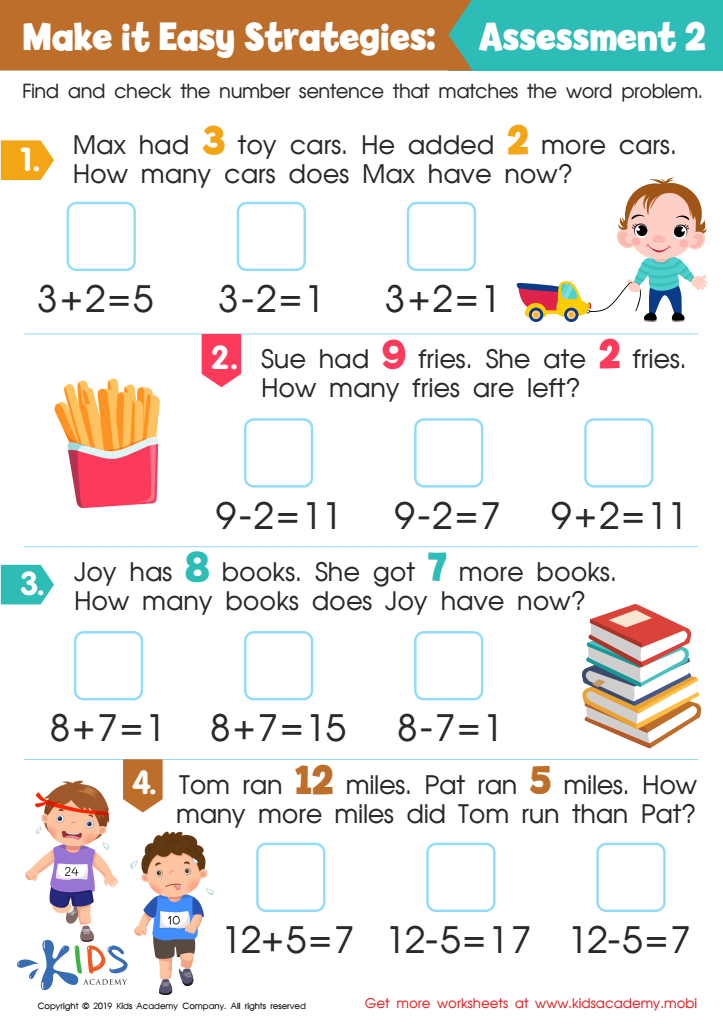

Make it Easy Strategies: Assessment 2 Worksheet
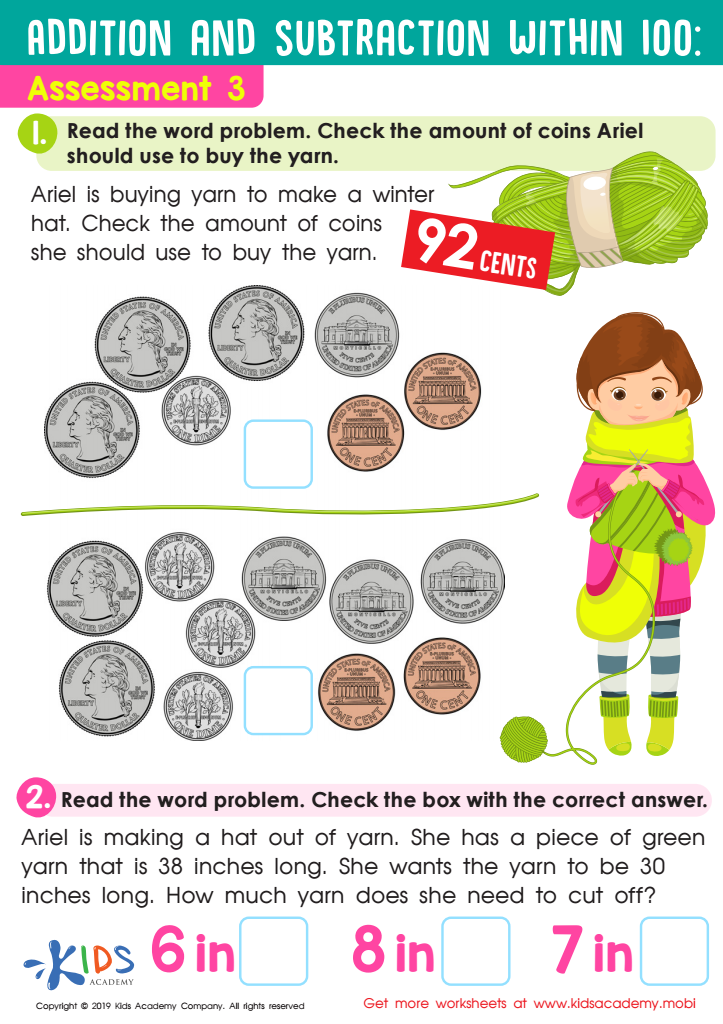

Assessment 3 Math Worksheet
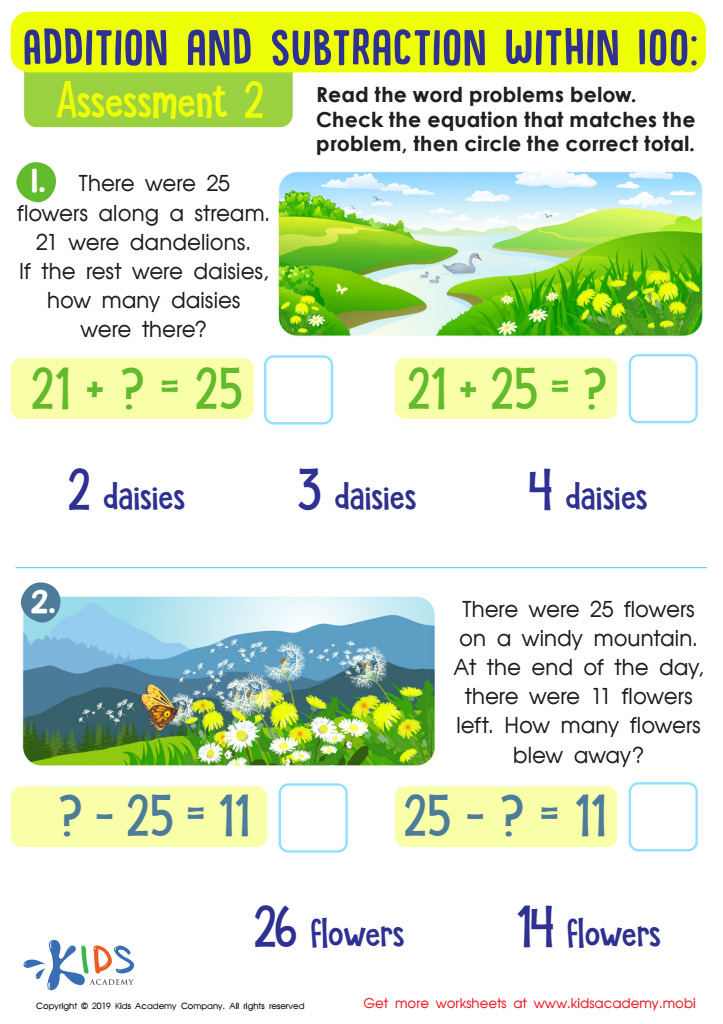

Assessment 2 Math Worksheet
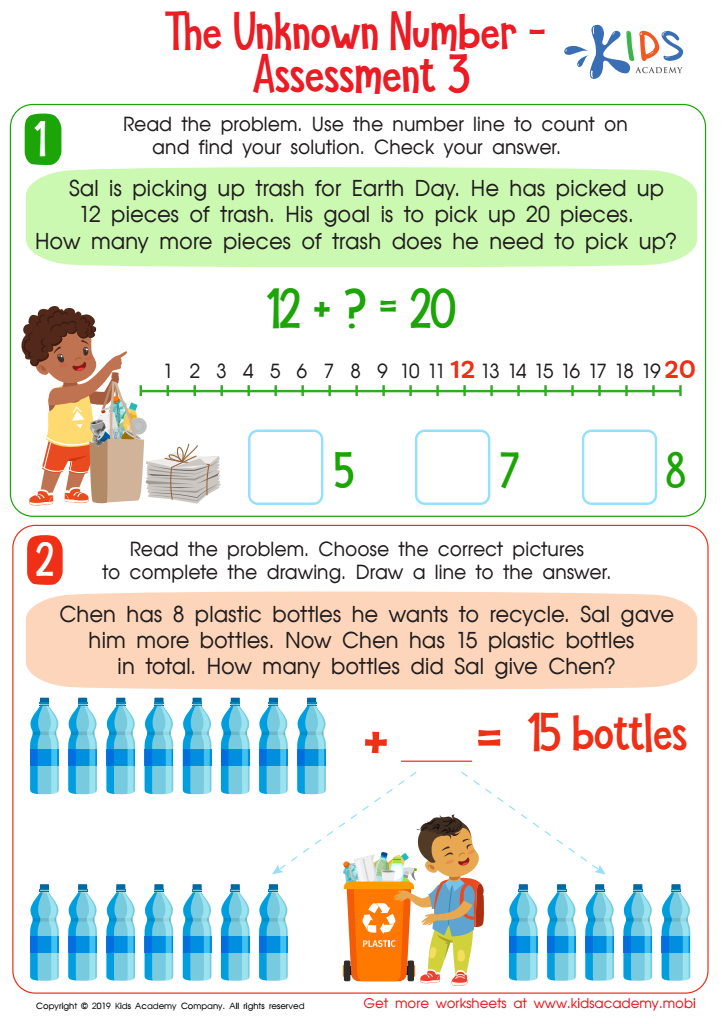

The Unknown Number - Assessment 3 Worksheet
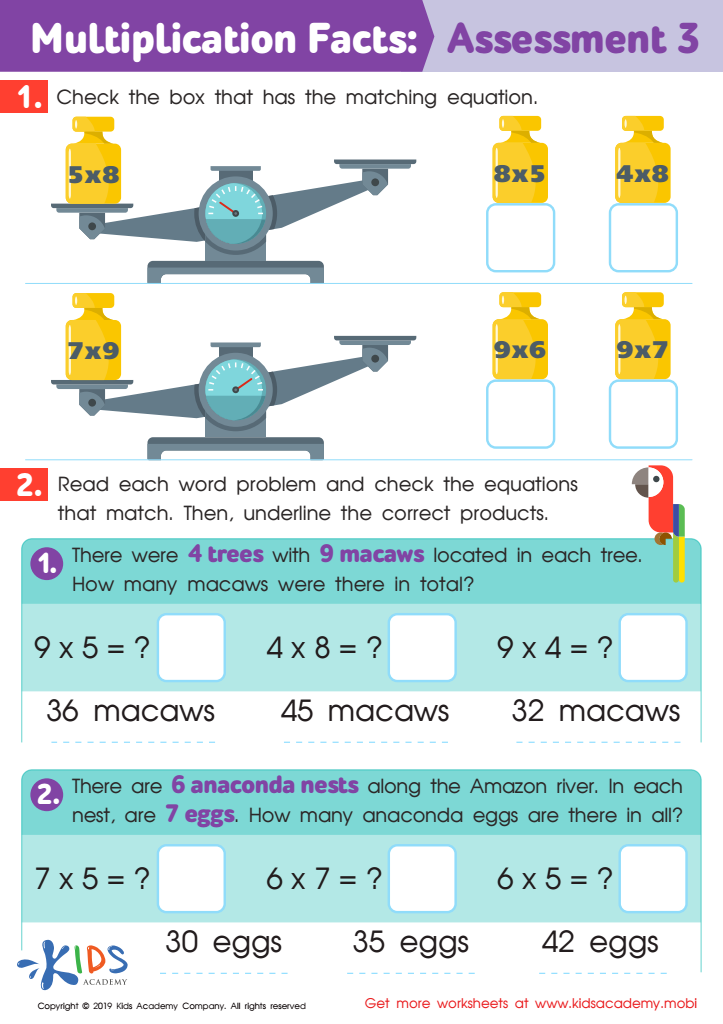

Multiplication Facts: Assessment 3 Worksheet
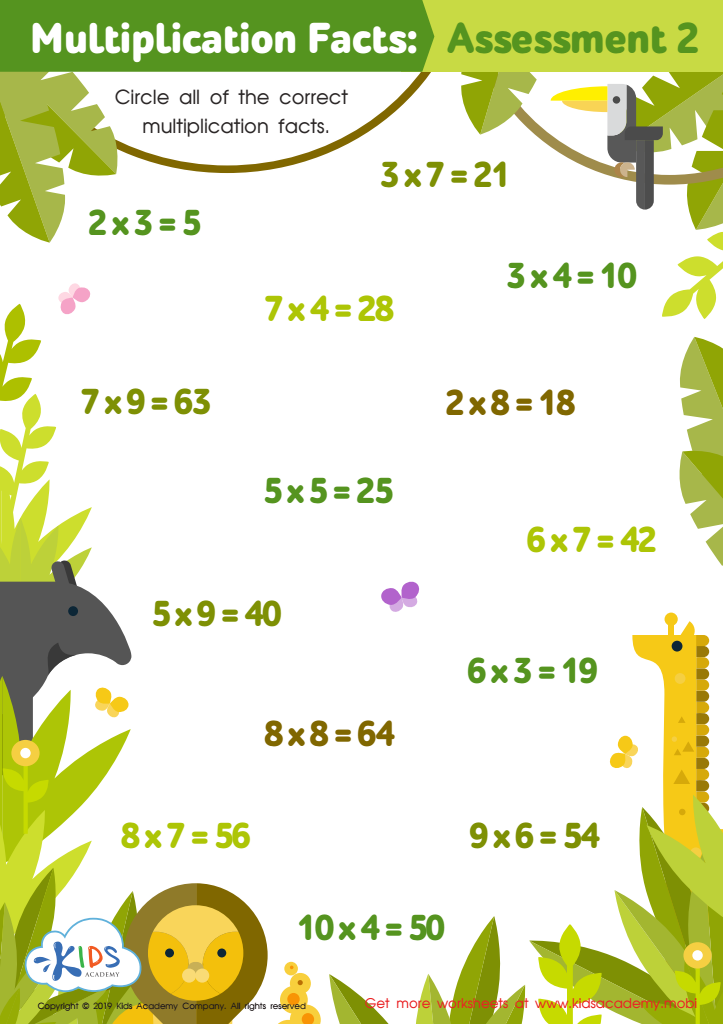

Multiplication Facts: Assessment 2 Worksheet
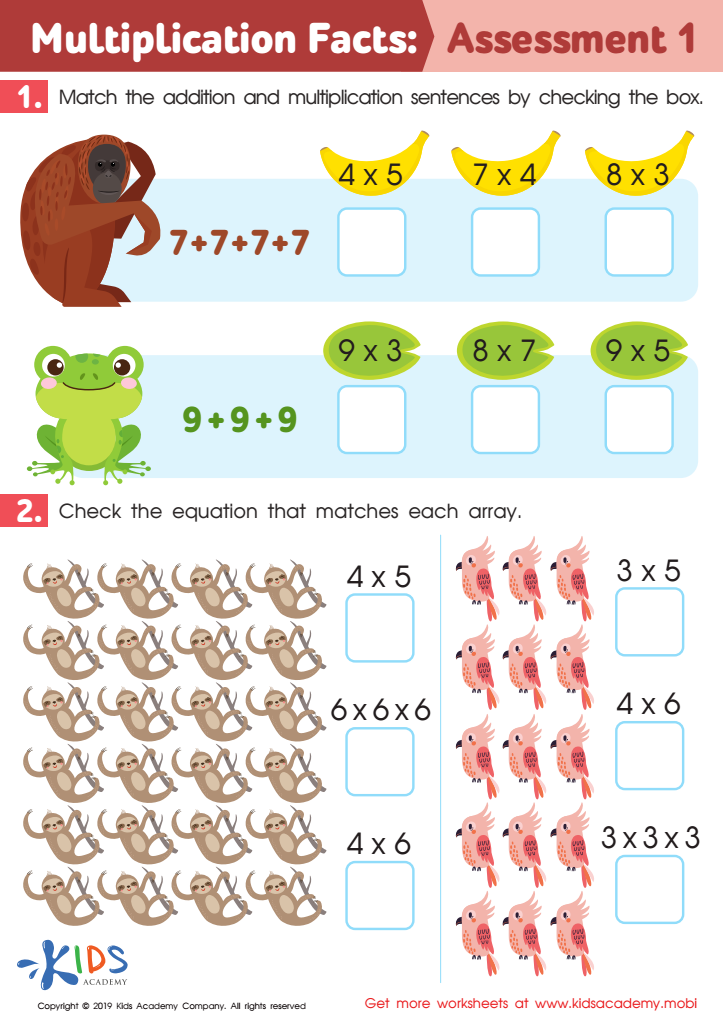

Multiplication Facts: Assessment 1 Worksheet
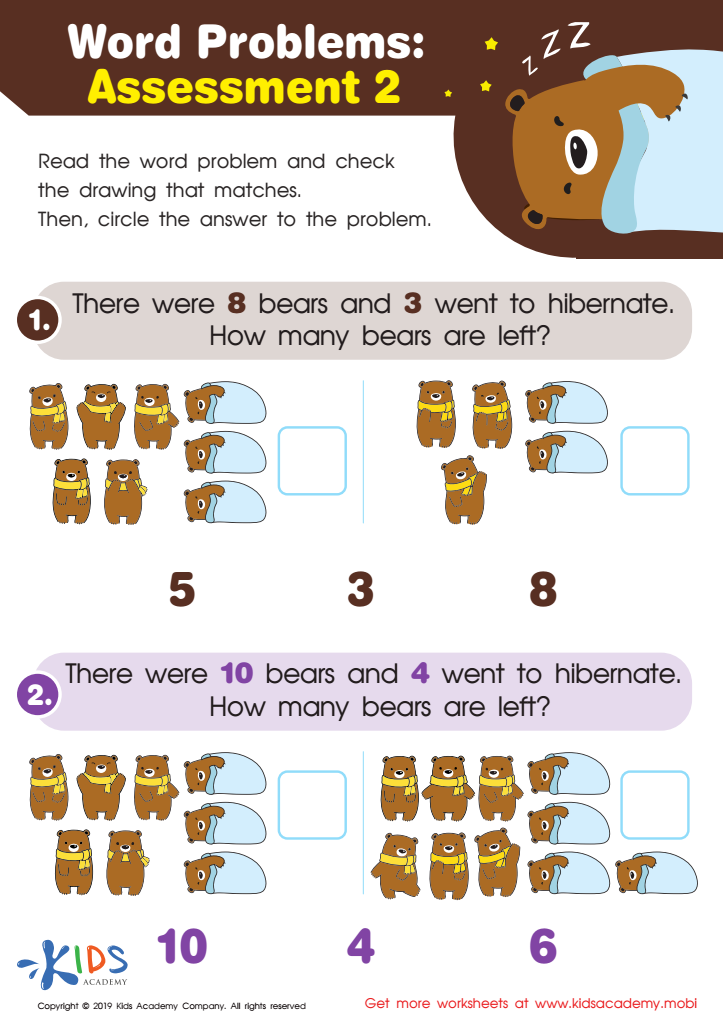

Word Problems: Assessment 2 Worksheet
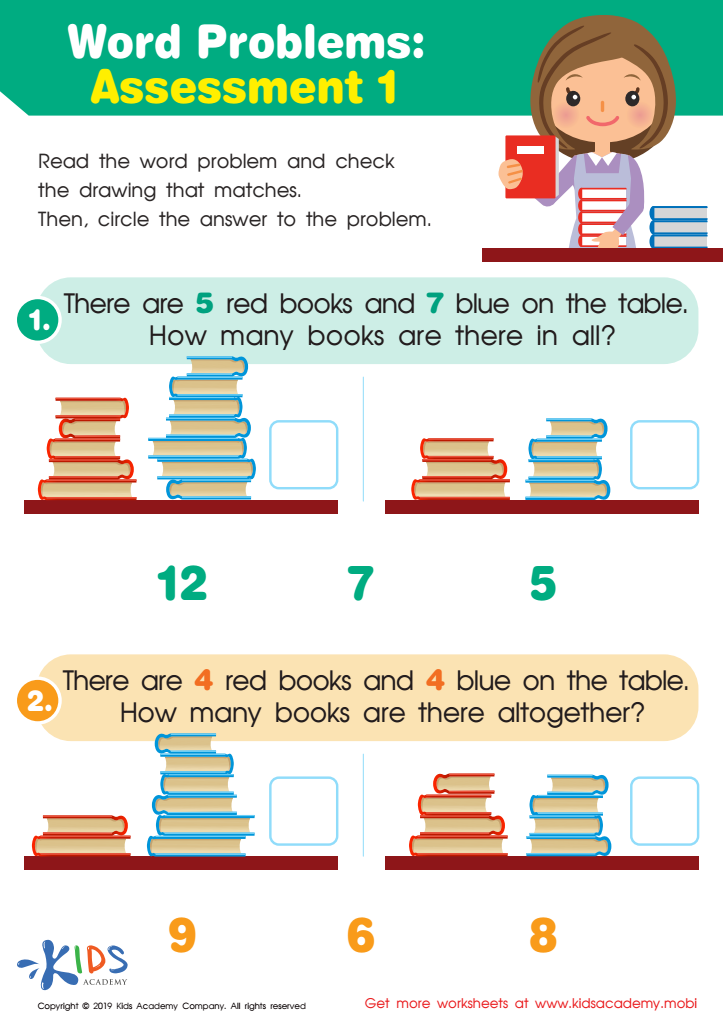

Word Problems: Assessment 1 Worksheet
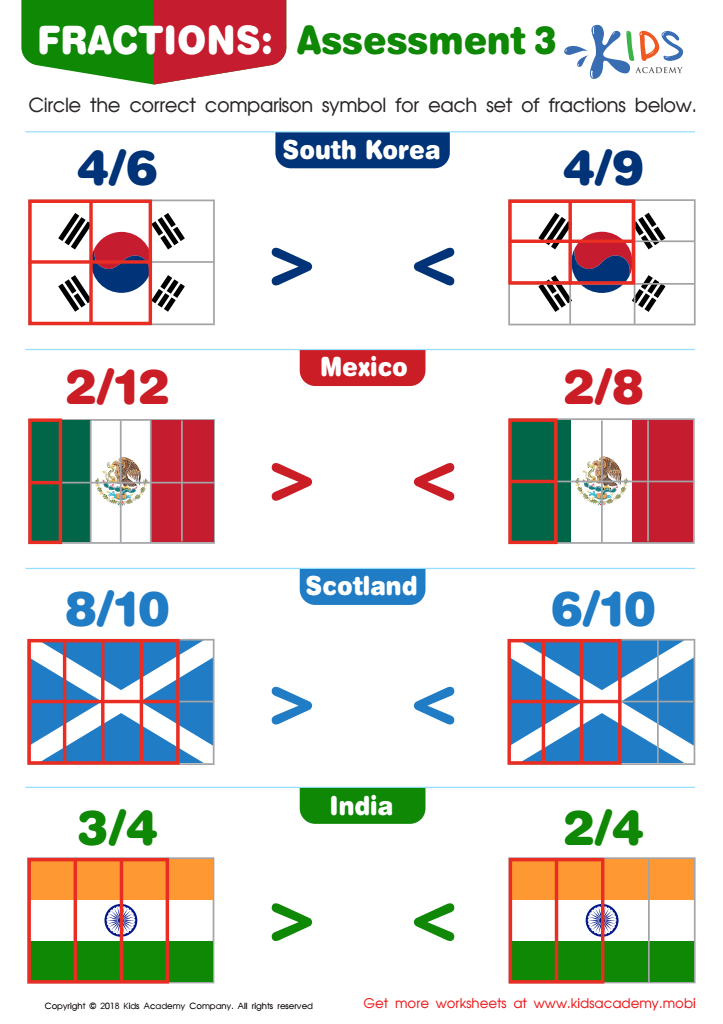

Fractions: Assessment 3 Worksheet
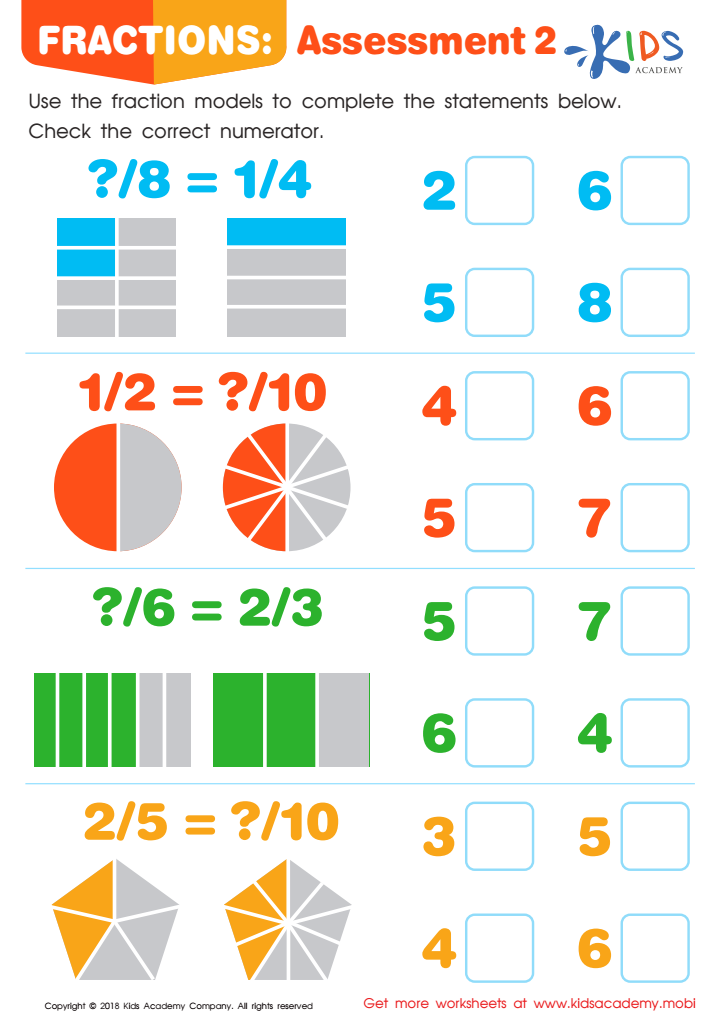

Fractions: Assessment 2 Worksheet
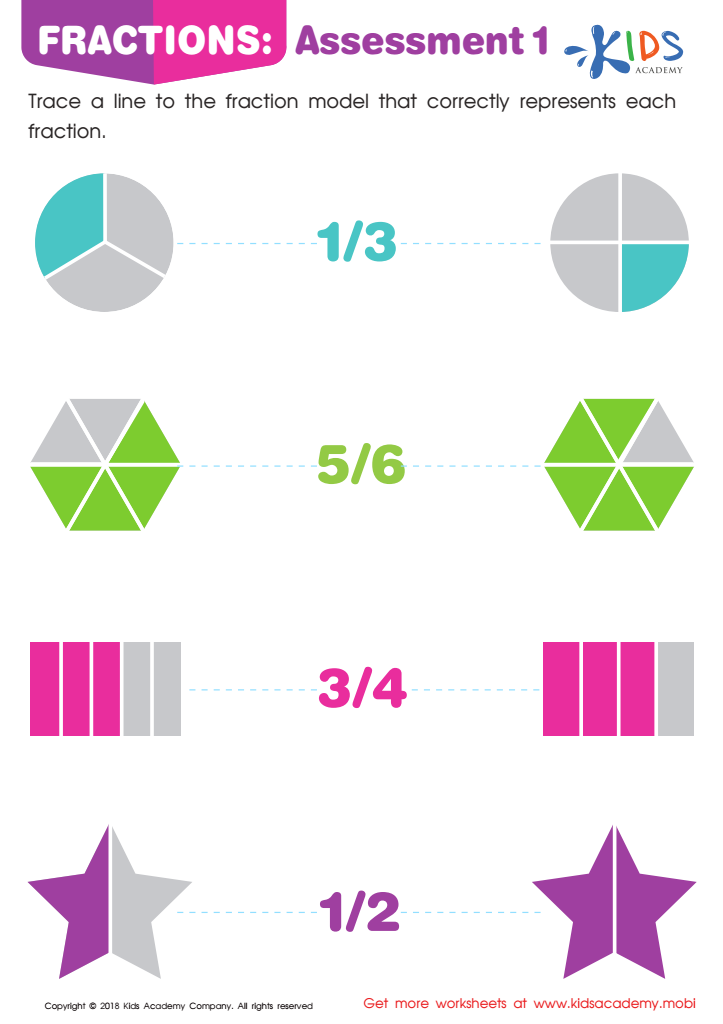

Fractions: Assessment 1 Worksheet
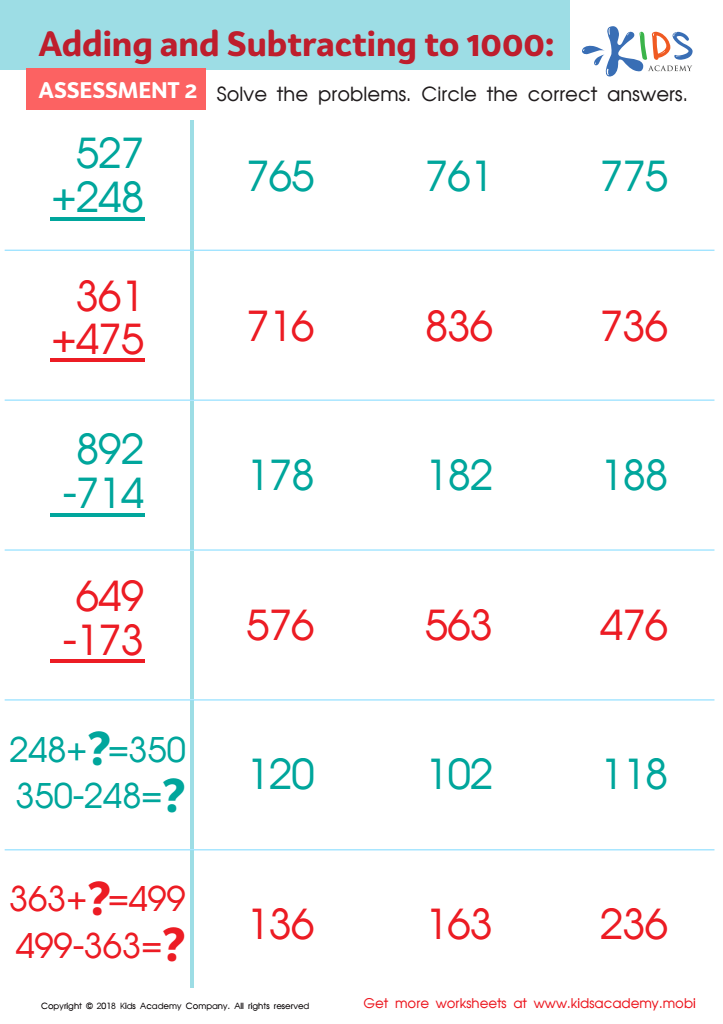

Adding and Subtracting to 1 Worksheet: Assessment 2
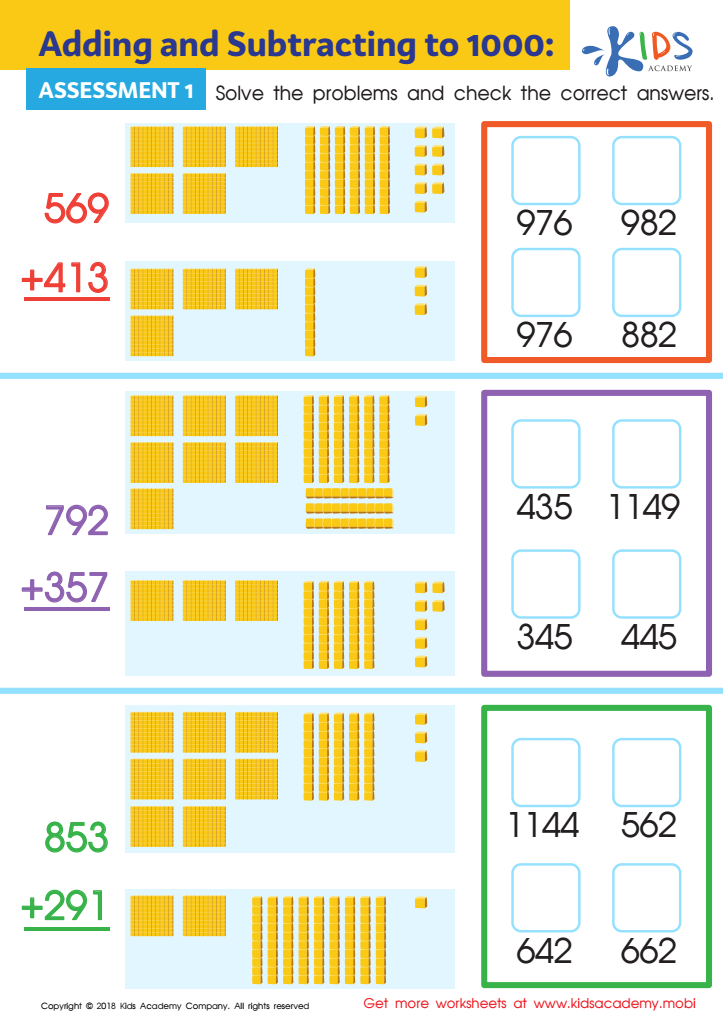

Adding and Subtracting to 1 Worksheet: Assessment 1
Math worksheets activities for Grade 3 are an essential tool for young learners as they navigate through the critical stages of mathematical understanding. These worksheets provide a structured and engaging way for children to practice and consolidate their math skills, a crucial step toward mathematical proficiency. Let's delve into why these resources are incredibly beneficial for third-grade students.
Firstly, Math worksheets activities for Grade 3 are designed to cater to a wide array of mathematical topics, from basic addition and subtraction to more complex concepts like multiplication, division, and fractions. This variety ensures that students can reinforce their learning across all areas of the Grade 3 math curriculum, building a solid foundation for future mathematical learning.
Moreover, these worksheets are crafted with the developmental stage of third graders in mind. They incorporate fun and relatable problems that not only make math practice more enjoyable but also help students understand the practical applications of math in everyday life. By solving problems that they can connect with, children are more likely to stay engaged and motivated to learn.
Another significant advantage of Math worksheets activities for Grade 3 is the opportunity they provide for repeated practice. Mastery in math often comes from the ability to practice skills repeatedly, and worksheets offer a convenient and accessible way for students to do this. Whether in the classroom or at home, they can work at their own pace, allowing for personalized learning experiences.
Furthermore, these worksheets serve as a valuable tool for assessment. Teachers can use them to gauge students' understanding of various concepts, identify areas of difficulty, and tailor instruction accordingly. For parents, worksheets can offer insights into their child's progress and areas where they might need additional support.
In conclusion, Math worksheets activities for Grade 3 are an indispensable resource in the mathematical journey of young learners. They promote understanding, engagement, and confidence in math, providing a strong foundation for success in Grade 3 and beyond.

 Assign to the classroom
Assign to the classroom
